I developed this recipe as an alternative to making tuna salad with mayonnaise. Ceviche is a Peruvian dish of raw fish mixed with vegetables and citrus juice. The citrus juice ‘cooks’ the fish. For our low spoons version we are using canned fish – tuna or salmon – and adding the fresh, tasty flavors of ceviche.
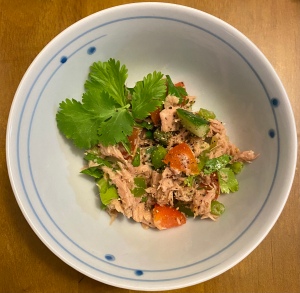
This ‘ceviche’ is fantastic on corn tortilla chips. You can buy them or make your own. You can of course also enjoy it on toasted low FODMAP bread or low FODMAP crackers. Also makes a yummy soft taco filling.
Low FODMAP Ceviche-Style Salmon Salad
Makes 6 servings
Ingredients
- 2 (5-ounce) cans of salmon or tuna, drained
- 1/4 cup scallions, chopped (green parts only)
- 2 med tomatoes, seeded and chopped
- 1 med green bell pepper, chopped
- 1 small jalapeno pepper, finely diced (optional)
- 1 English cucumber (~1.25 cups), peeled, seeded, and chopped
- a handful cilantro, chopped, plus several sprigs for garnish
- 1 lemon or lime, juiced
- 1 teaspoon salt
- 1/4 teaspoon ground black pepper
- avocado slices (optional)
- GF tortilla chips for serving (optional)
Instructions
- Place salmon in a bowl. Add scallions, tomato, cucumber, cilantro, and drizzle with lemon or lime juice and combine.
- Season with salt and pepper.
- Refrigerate for 20 minutes to allow the flavors to meld.
- To serve, top with fresh sliced of avocado and serve with GF corn tortilla chips.

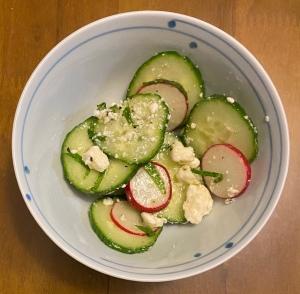
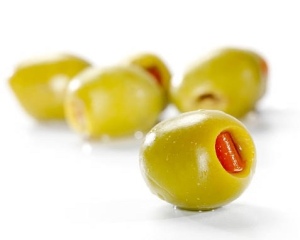
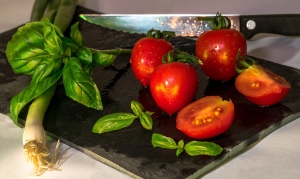
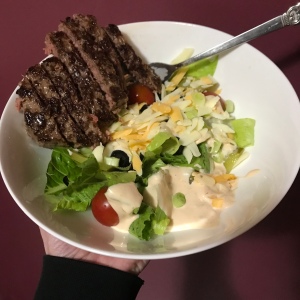
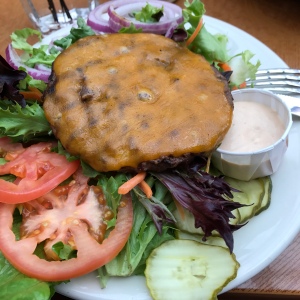



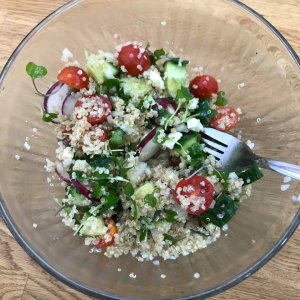
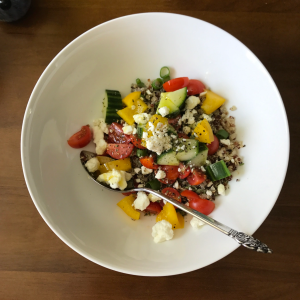
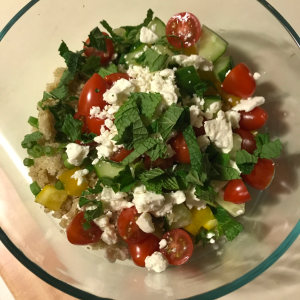



You must be logged in to post a comment.